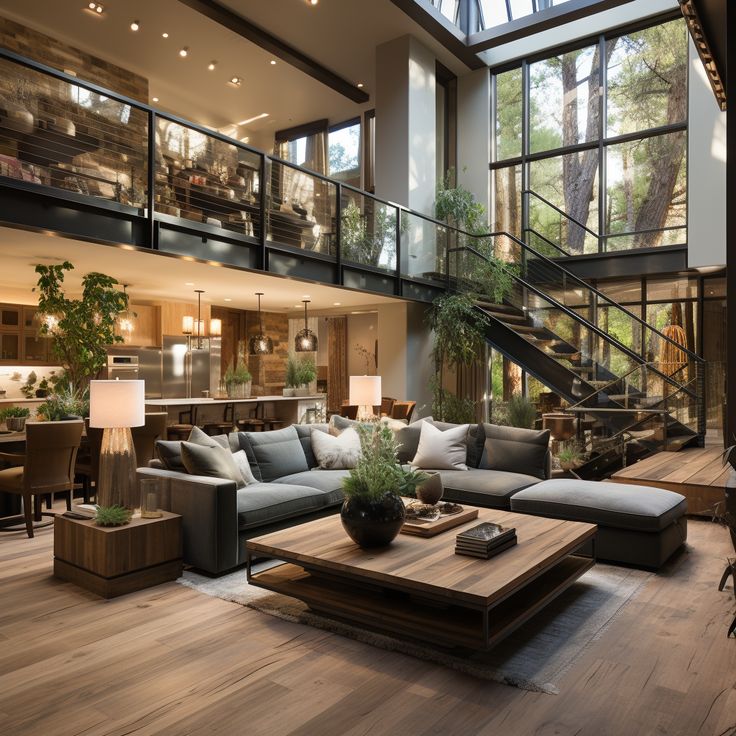
In an era where nostalgia meets craftsmanship, vintage home restoration has become a captivating endeavor for homeowners seeking to breathe new life into historical treasures. This comprehensive article delves into the art of restoring vintage homes, exploring the techniques, challenges, and rewards associated with preserving the charm and character of a bygone era.
1. Embracing the Heritage: Research and Documentation

The journey of vintage home restoration begins with a deep dive into its history. Conduct thorough research to understand the architectural style, materials used, and the original color palette. Uncover historical photographs or documents that provide insights into the home’s past. This foundation sets the stage for a restoration that pays homage to the property’s heritage.
2. Assessing Structural Integrity: A Solid Foundation
Before delving into aesthetics, prioritize the structural integrity of the vintage home. Engage professionals to conduct a thorough inspection of the foundation, roofing, plumbing, and electrical systems. Addressing any underlying issues ensures a secure and stable base for the restoration process.
3. Salvaging Original Features: Cherishing Architectural Elements

Preserving the authenticity of a vintage home involves salvaging and restoring original architectural features. This may include intricate moldings, hardwood flooring, or unique built-in furniture. Carefully remove, repair, and reinstall these elements to recreate the timeless charm that defines vintage aesthetics.
4. Window Restoration: Letting Light Illuminate History

Windows are often key features in vintage homes, showcasing architectural styles of the past. Restoration involves repairing or replicating original window frames, reglazing, and adding weather-stripping for energy efficiency. This process not only maintains the home’s character but also enhances its functionality.
5. Refinishing Woodwork: Bringing Back the Luster

Vintage homes often boast exquisite woodwork, from ornate staircases to detailed cabinetry. Refinishing wood surfaces involves stripping away layers of paint or varnish, repairing any damage, and applying finishes that match the era. This meticulous process revives the natural beauty of the wood, contributing to the overall authenticity of the restoration.
6. Period-Appropriate Paint: Recreating Timeless Color Schemes
Choosing the right paint colors is a critical aspect of vintage home restoration. Research the original color schemes prevalent during the home’s era and replicate them to evoke a sense of nostalgia. Opt for high-quality, period-appropriate paints that capture the essence of the time while providing durability for the future.
7. Vintage Wallpaper Reproduction: Walls That Tell Stories

Wallpaper played a significant role in vintage interior design. To maintain authenticity, seek out companies that reproduce vintage wallpaper patterns. This allows homeowners to recreate the charm of the past while incorporating durable and easily maintainable materials.
8. Historic Lighting Fixtures: Illuminating the Past
Vintage lighting fixtures contribute immensely to the ambiance of a restored home. Seek out period-appropriate chandeliers, sconces, or pendant lights that align with the era of the property. Restoration specialists can rewire and refurbish these fixtures, ensuring they meet modern safety standards while retaining their original allure.
9. Restoring Vintage Appliances: Blending Form and Function

Vintage homes often feature unique appliances that contribute to their distinctive character. Restoring vintage stoves, refrigerators, or clawfoot tubs involves a delicate balance between preserving their aesthetics and ensuring they meet contemporary functionality standards. Collaborate with restoration experts to refurbish these appliances while maintaining their vintage charm.
10. Landscaping in Harmony: Exterior Restoration
The vintage charm of a home extends beyond its interiors. Pay attention to the landscaping, ensuring it complements the architectural style of the property. Planting period-appropriate flora, restoring original pathways, and recreating vintage garden elements contribute to a cohesive and immersive restoration.
11. Documenting the Process: A Journey Through Time

Document each step of the restoration process. Photographs, notes, and records create a valuable historical archive for future homeowners and enthusiasts. This documentation not only captures the evolution of the vintage home but also serves as a testament to the dedication invested in its restoration.
12. Engaging Skilled Professionals: The Art of Collaboration

Vintage home restoration is a multidisciplinary endeavor that often requires the expertise of various professionals. Engage architects, contractors, historians, and artisans who specialize in historical preservation. Collaborative efforts ensure that the restoration aligns with best practices, meeting both aesthetic and structural standards.
Conclusion: Resurrecting Timeless Beauty
Vintage home restoration is more than a renovation; it’s a journey through time. Preserving the essence of a bygone era involves meticulous research, skilled craftsmanship, and a deep appreciation for architectural history. By embracing the heritage, restoring original features, and employing period-appropriate techniques, homeowners can resurrect the timeless beauty of vintage homes. Each restored property becomes a living testament to the craftsmanship of the past, offering a glimpse into a world where elegance and authenticity converge in perfect harmony.





